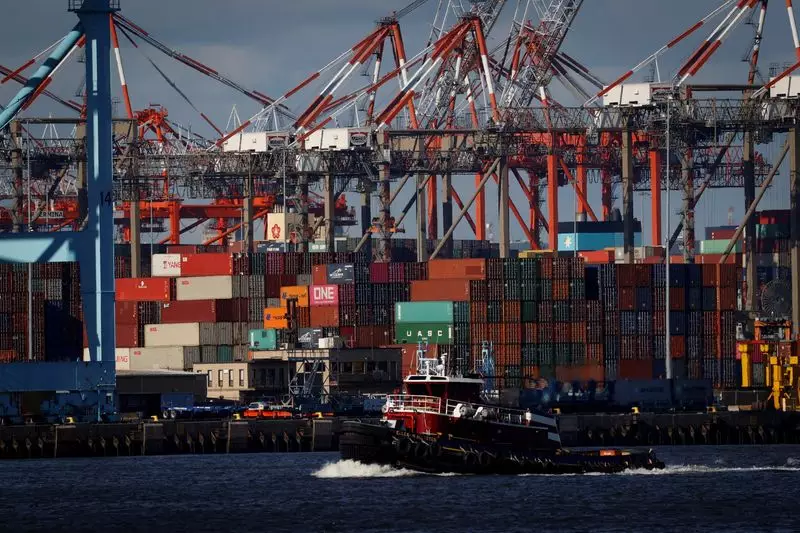The impending strike by the International Longshoremen’s Association (ILA) threatens to halt operations at crucial ports along the U.S. East Coast and the Gulf of Mexico, with a start date set for Tuesday. This decision has alarming implications for the American economy, as it could severely disrupt supply chains that are already delicate in the wake of ongoing economic challenges. The ports affected handle nearly half of the country’s ocean shipping, marking the first coastwide strike by the ILA since 1977.
The ILA’s justification for this drastic measure is rooted in grievances that have persisted for decades. The union’s leadership decries what they describe as a history of “wage subjugation,” addressing long-standing concerns regarding pay and working conditions among longshore workers. As the dialogue between the union and the United States Maritime Alliance (USMX)—representing employers in the sector—appears stagnant, the tension continues to escalate.
Economic Repercussions
The economic ramifications of a prolonged strike could be profound. A shutdown of the 36 ports under ILA jurisdiction would essentially freeze the flow of critical goods, encompassing everything from consumer products to industrial machinery. The Business Roundtable, an organization composed of influential U.S. business leaders, has voiced significant concerns about these potential disruptions, warning that labor stoppages could result in losses amounting to billions of dollars daily. Such economic impacts would cascade throughout the nation, affecting businesses and everyday consumers alike ahead of critical consumer-driven periods, particularly with elections looming.
Furthermore, the repercussions could touch on issues of job security for thousands of workers and the country’s inflation rates, raising profound questions about the effectiveness of collective bargaining in a hyper-political climate. With the backdrop of an election season, the ramifications of this strike extend beyond logistics—they delve into the realm of national policy and public perception.
The Government’s Position
President Biden’s response to the looming strike highlights a contentious political landscape. While he has publicly stated that he will not intervene to stop the strike, citing the principle of collective bargaining, his administration’s approach has drawn scrutiny. The Taft-Hartley Act permits presidential intervention in labor disputes deemed a threat to national security or safety, but the Biden administration does not appear inclined to use this option. This decision reflects a philosophical commitment to labor rights but also invites questions regarding the extent of executive power in preventing potential economic chaos.
The failure to mediate a resolution, particularly among key stakeholders like the USMX—itself unresponsive as of the latest developments—signals a breakdown in communication. The urgency for both sides to return to the negotiating table cannot be understated, as the clock continues to tick down to the strike deadline.
As we approach the strike date, the stakes have never been greater for all parties involved. The ILA’s stance calls for significant wages and improvements in working conditions, representing fundamental issues facing labor in America today. Conversely, employers are caught in a predicament of sustaining operations amidst rising costs and international competition.
The necessity for immediate dialogue cannot be overstated. It is essential for both sides to prioritize negotiations that can pacify tensions and avert a labor crisis with potentially far-reaching consequences. As preparations continue for the strike, each minute brings with it the potential for disruptions that could affect the everyday lives of Americans and the broader economic landscape. Moving forward, a commitment to unity, negotiation, and understanding must prevail if a resolution is to be found before the impending deadline.

